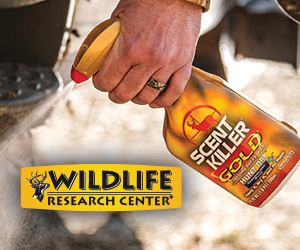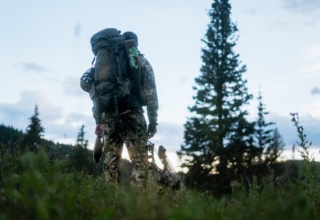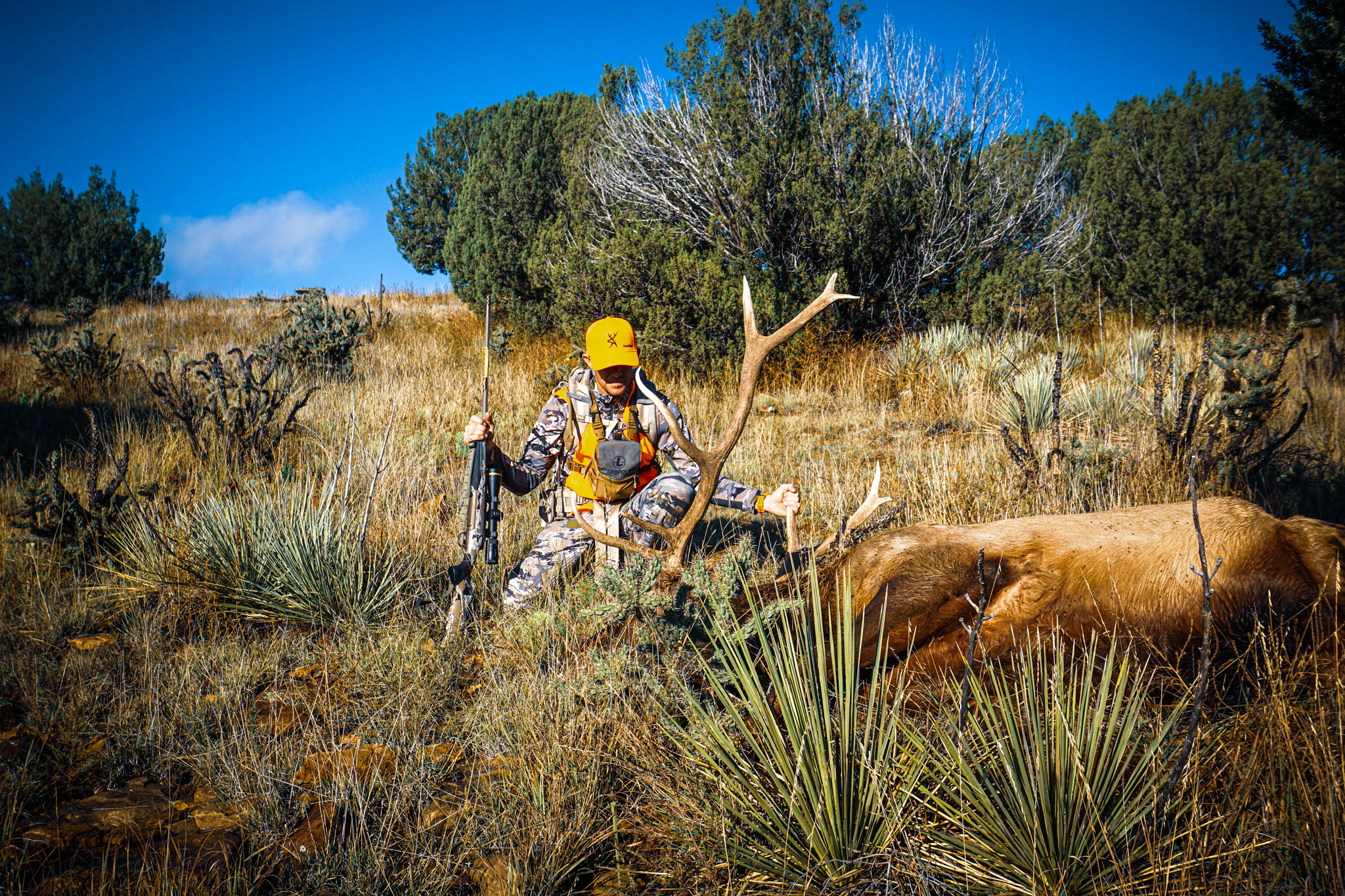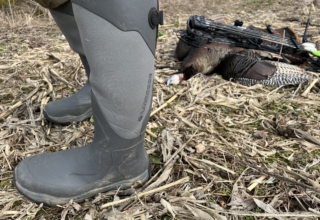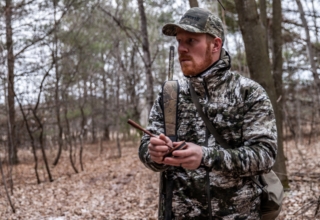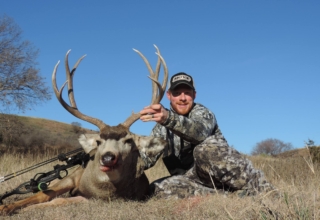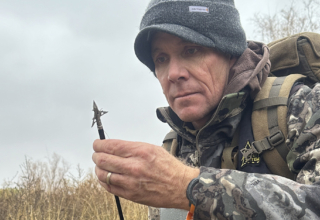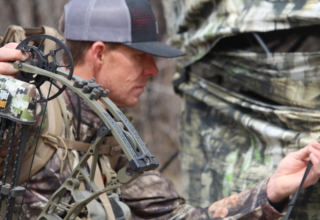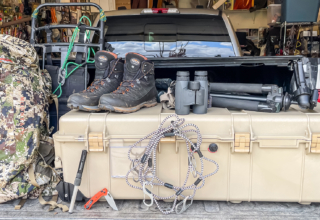Western big game application periods are open or soon will be. If you’re new to the process and want to put your name in the hat, the following tips will help you understand the process and have a personal strategy.
by Darron McDougal
“I’d definitely take that buck,” I mumbled to my wife regarding a lone, heavy-horned pronghorn buck bedded 200 yards off the road. I marked his location on my HuntStand Pro app. With a play already in mind, we didn’t dawdle. I drove us around to a state highway hidden from his view, where we parked and hustled toward the waypoint I’d dropped. Given our approach, the buck wouldn’t be visible until we were within open-sighted muzzleloader range.
After a 3/4-mile hike, picking our way through cacti, coal-black horns unexpectedly crested the hill. The buck was on his feet and circling less than 100 yards out. I couldn’t see his vitals while lying prone, so I rose to my knees, acquired the buck, and squeezed until smoke billowed. The wind quickly swept the smoke cloud away enough that I instantly saw the buck fold. My bullet couldn’t have struck more perfectly.
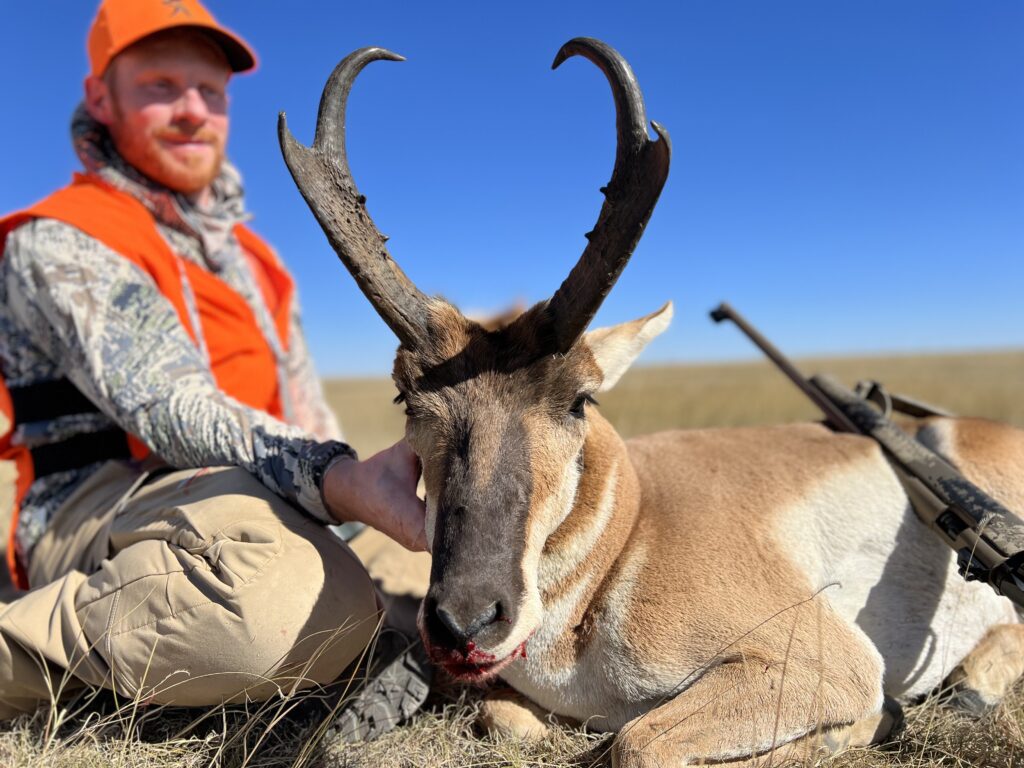
Would you like to experience a hunt like that someday? Many different hunts for elk, deer, moose, pronghorn, and other species exist across the West. Although many of these animals can be hunted annually on OTC or guaranteed-draw tags, some of the best hunting comes through the draw process western states use to distribute limited tags. My pronghorn hunt, for example, was the product of accumulating preference points, then choosing a hunting unit and applying for that specific tag during the 2023 spring application period.
Even after doing it for 10 years, playing the western draws is still somewhat complex. While I’m far from being the most educated hunter regarding all of this tag drawing business, I have lots of experience with studying draw hunts, applying for points in six different states, researching hunt areas, cashing in my points several times, and even filling tags that took a handful of years to draw.
To that end, I can help prepare you for the application season, which is upon us in some states, with other states right around the corner. Here are some things to think about.
Make Goals and Pick a Strategy
There are a few categories of hunters who partake in the western draws. Some folks apply for points, maybe because someone told them they should, with little to no knowledge of western hunts. Others bank their points for 15-20 years as they work toward drawing a once-in-a-lifetime tag. Others build only 1-3 points and cash them in so that they can hunt a place more often. The last pool applies for the easily drawn tags so they can hunt every year.
Let me address these different types so you can decide which approach best suits you. If you’re applying for points with no knowledge of the West, you’ve taken a step in the right direction and are giving yourself a shot at some good hunts in the future. But be sure to spend as much time as you can researching different hunts as you accumulate points over a few years so that you are prepared to cash them in on a specific tag potentially. Don’t hoard points without spending time researching.
If you want to accumulate points for 15-20 years toward a high-demand trophy-unit tag, that’s perfectly fine. But, get experience hunting the species you want to hunt on dream tags in other units/states on OTC, leftover, or second-choice tags. For example, you don’t want to cash in 20-some points for a coveted elk tag and have zero elk-hunting experience.
While saving points in a few states, I primarily fit into the final two categories. I mostly hunt on tags that I can draw with 1-5 points, OTC tags, or second-choice tags that don’t use my points. This is a good strategy if you’re flexible on trophy potential and don’t mind more hunting pressure. A few points can put you into a unit with better quality animals and less hunting pressure than OTC units, but you get to hunt there every few years if not every other year.
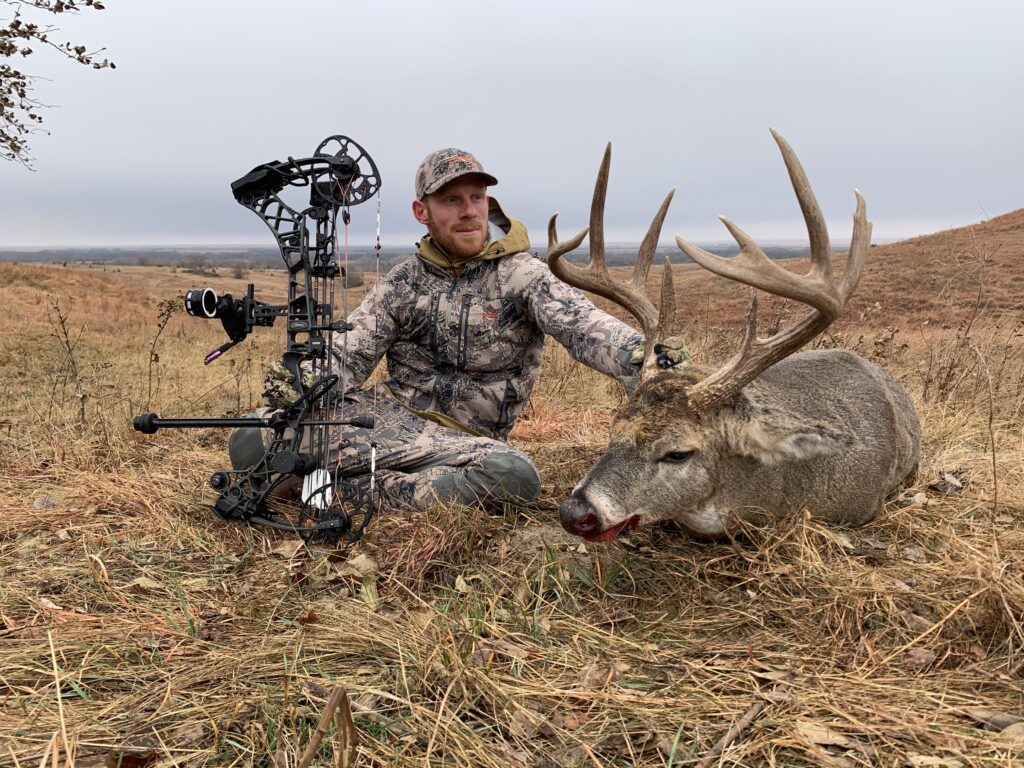
While tons of hunters want dream tags, remember that a tag requiring 25 points to draw gives you one shot. Regardless of how good the hunting is, you’re not guaranteed to shoot a monster. Quickly drawn tags put you into the same unit over and over. The more time you spend in an area, the more you’ll learn and the more effectively you can hunt it. You’ll be more likely to drop a handful of elk if you hunt them a dozen times over 25 years, while a dream tag that takes 25 years to get gives you a chance at one elk if you’re lucky.
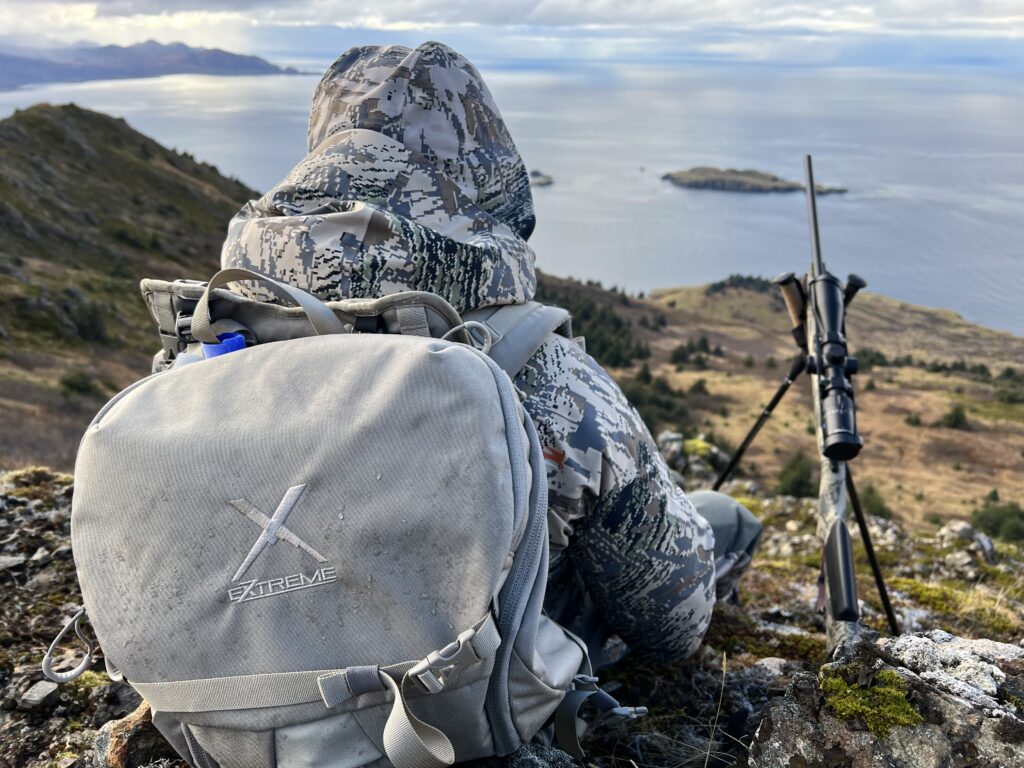
Research Tools
When I started applying for points and tags and researching hunts, I remember alternating between several web browser windows as I studied draw odds, harvest-success rates, and unit maps. Trying to connect the dots to a good hunt was unbelievably overwhelming. Today, GoHunt’s Filtering feature simplifies hunt research to a level where virtually anyone with basic computer knowledge can do and understand it.
You simply select a state and game species. Select resident or non-resident, depending on your status. Put in the number of points you hold, if any. If you like, drag the draw-odds bar to 100 percent to see what tags/units you can draw. You can also drag the trophy quality bar to your desired trophy potential to eliminate units that don’t measure up. When you click on the different units, you’ll land on pages that provide detailed info about the terrain, lodging/camping options, effective hunting tactics for the area, and other valuable information. Now that I’ve had a GoHunt membership for a few years, I simply cannot fathom playing the draw and trying to find the types of hunts I’m looking for without it.
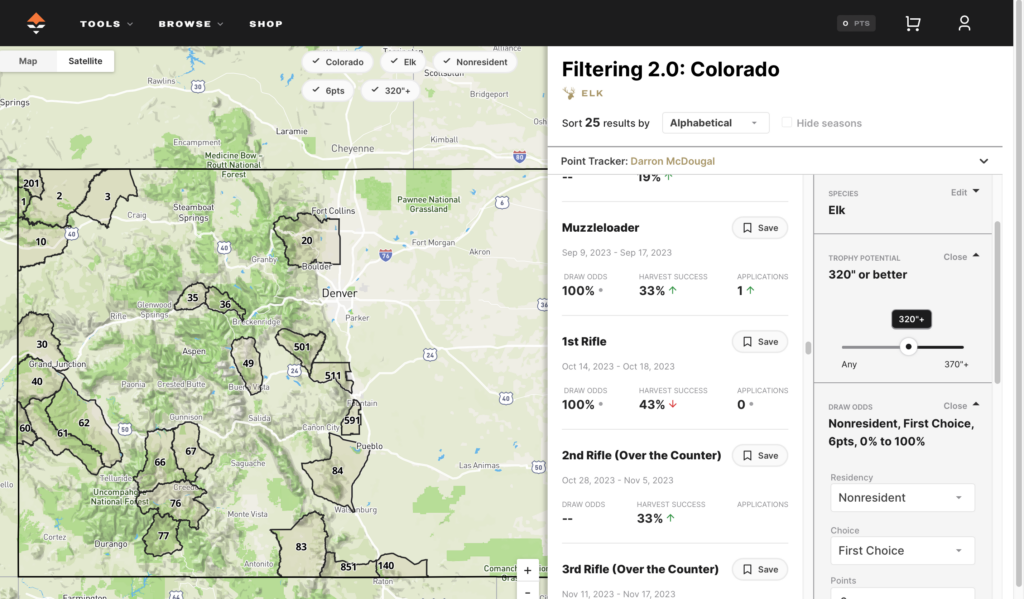
From there, an excellent map-based hunting app can help you research public hunting opportunities in the unit(s) you plan to hunt. I use HuntStand Pro. With a basic knowledge of the species you want to hunt, you should be able to determine if the area offers enough productive public-hunting opportunities to hold potential for a solid hunting experience. For example, elk tend to be at 10,000 feet or higher in many mountain units during September, requiring shade and water on hot days. So, you can utilize the app to identify cool north-facing slopes at higher elevations with water nearby. If many said habitat exists on public land, you know you’ll have enough productive public-hunting options.
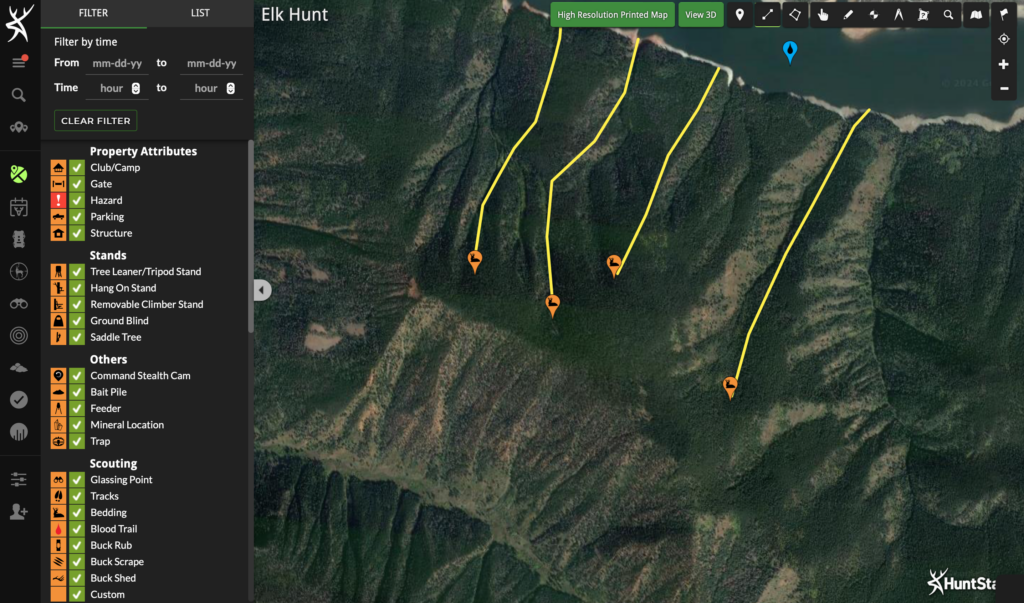
Stay Informed on Current Events
Regardless of how good a unit is and how hard it is to draw, there are some reasons to postpone drawing the tag, even when you have enough points. Things like extreme winter kill, wildfires, diseases, flooding and other unforeseen calamities can have a huge bearing on your hunt, so stay in the loop on what’s happening in the unit. Keep in mind that it isn’t always negative. A wildfire that happened a year or two ago, for example, can produce nature’s finest forage this year given sufficient rainfall, and animals intuitively seek out and inhabit these areas.
Of course, natural phenomena can occur between the time that you apply for the tag and your hunt, and that’s just life. But, try to learn as much recent info about the unit as possible before applying. Talk with a wildlife biologist or conservation officer who works in the area you intend to hunt. In the event of a severe winter kill or disease-related die-off, consider holding out for a few more years or picking a different unit.
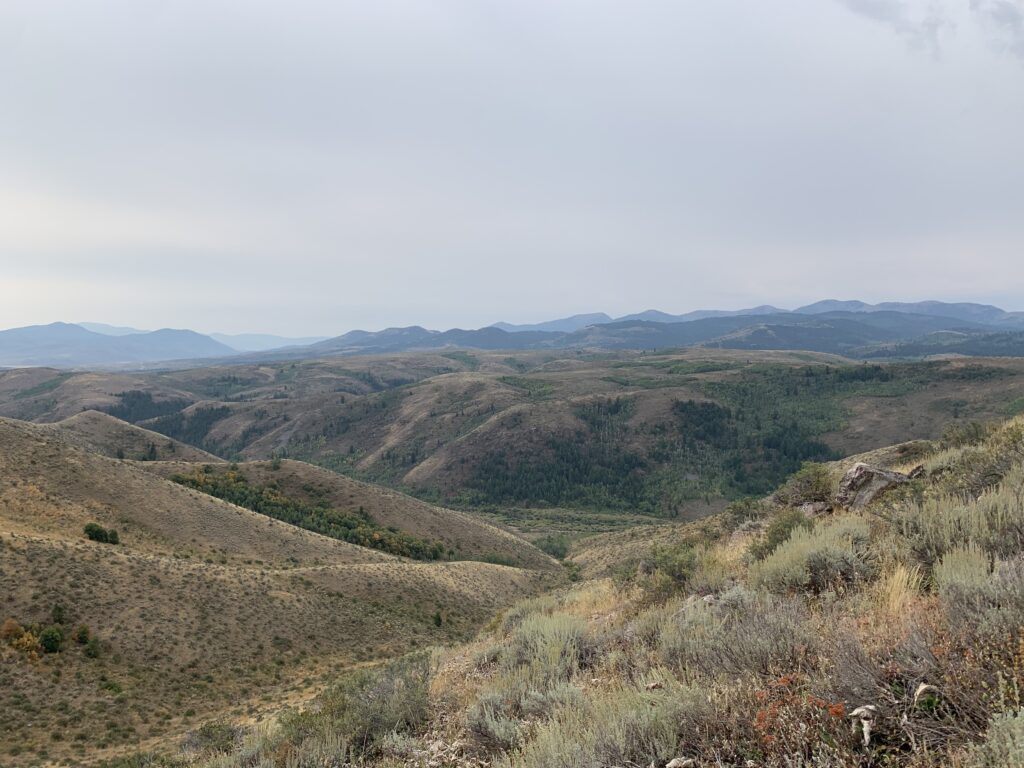
Know How the System Works
Points don’t work the same in every state. In fact, some states don’t have a point system. New Mexico, for example, is a random-draw state, meaning all applicants have the same draw odds. Arizona uses bonus points. Colorado uses preference points. Some states have both. Explaining this in detail would require another entire article, but there are some great resources out there that will walk you through the point system.
Delayed Gratification
Time feels like it stands still when you’re accumulating points. The prospect of hunting quality animals in a quality unit creates immense anticipation, but from experience, I can tell you that waiting is often worth it. Draw tags that require points often provide a higher quality hunt than OTC or guaranteed-draw tags. To me, delaying gratification for a greater experience is worth it.
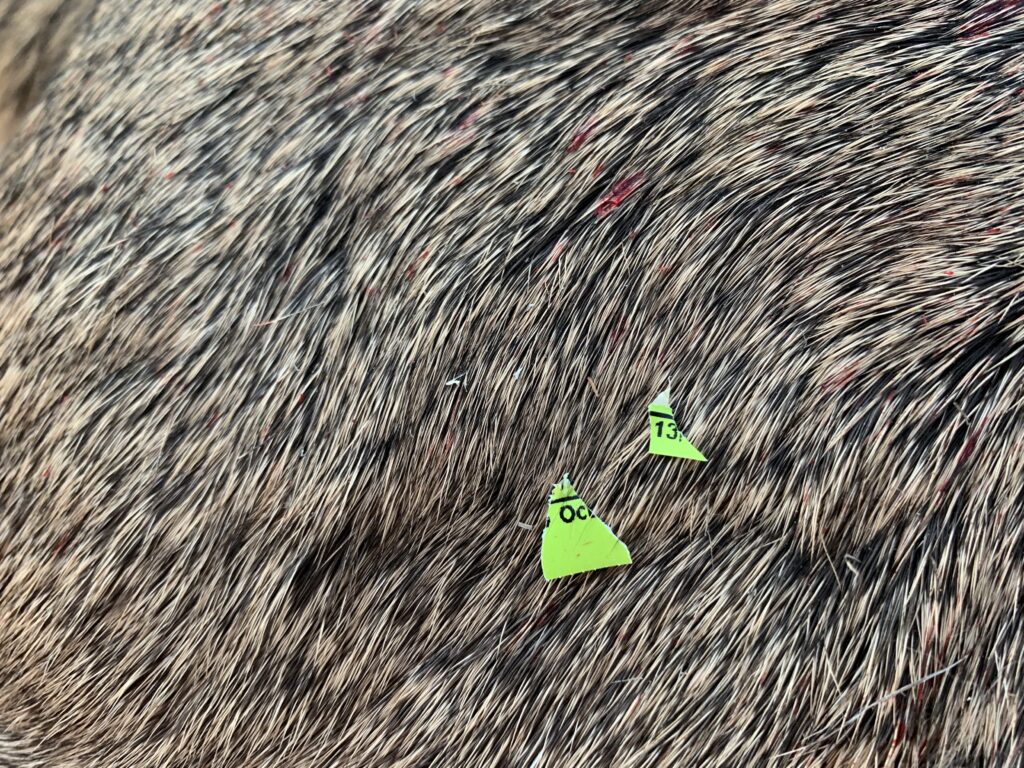
But, don’t take my word for it. Armed with the info I’ve detailed here, play the draw and see for yourself just how incredible a hunting experience in a draw unit can be.

